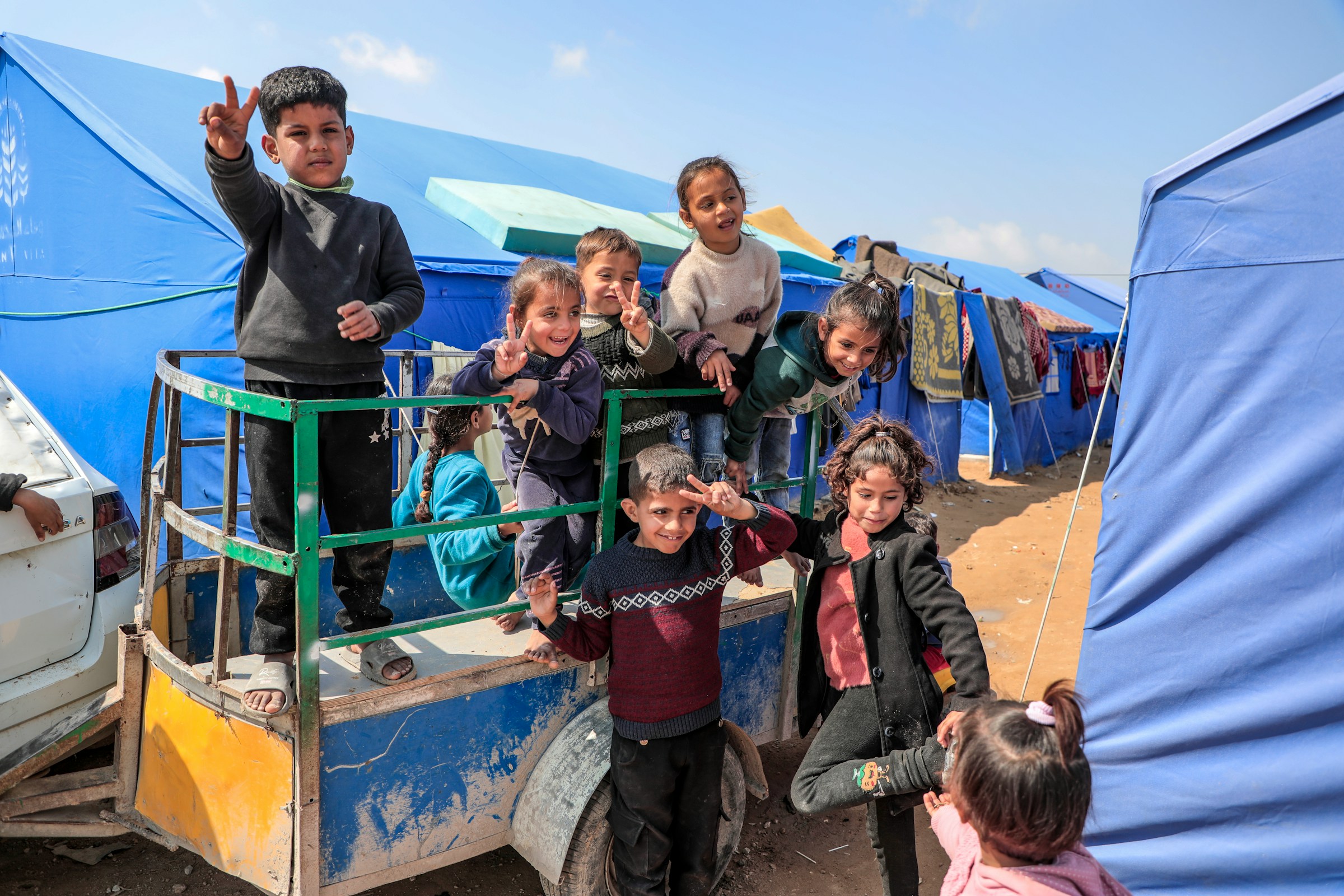Hamas leaders say they have accepted a new Gaza ceasefire proposal that would pause fighting for 60 days and free roughly half of the about 20 remaining living Israeli hostages in phased exchanges, as Gaza officials report a death toll of 62,000 after twenty-two months of war. The outline, brokered in Cairo with Egyptian and Qatari officials, arrives amid Israel’s largest anti-government demonstrations since the war began and a renewed push by Prime Minister Benjamin Netanyahu to keep military pressure on Hamas while demanding the return of all captives at once.
Organizers behind Sunday’s mass rallies—estimated at more than 400,000 people—plan fresh demonstrations next weekend, arguing that the government has repeatedly missed chances to secure a hostage deal. Netanyahu has condemned the protests as a strategic liability, saying they embolden Hamas at the negotiating table and risk delaying any release. “Finishing the job” militarily, he insisted, remains essential to prevent a repeat of the October 7 attacks and to ensure Gaza is no longer a threat to Israel.
Egyptian sources describe the latest proposal as a potential path to a comprehensive end to the conflict if initial steps hold. During the proposed 60-day suspension of operations, Palestinian prisoners would be released in exchange for half of the surviving hostages, with further phases to follow. Mediators say the terms reflect a U.S.-framed structure and address prior Israeli objections more directly than earlier drafts. The plan was expected to be presented to Israel on Monday.
Netanyahu has publicly ruled out what he calls “part deals,” reiterating that Israel will only end the war if Hamas frees all hostages simultaneously, disarms, and accepts Gaza’s demilitarization. That stance sets up another collision between the government’s war aims and mounting domestic pressure from hostage families, retired security officials, and a broader cross-section of the public alarmed by the risks of further fighting without a clear political endgame.
Israel’s threat to seize full control of Gaza City—an operation critics warn could displace up to one million people—has sharpened international scrutiny over humanitarian conditions, including deepening hunger. As uncertainty grows over a potential offensive, thousands of Palestinians in the city’s eastern districts have moved west and south to escape relentless bombardment.
Tensions inside Israel’s security establishment have also spilled into public view. Some former senior officials caution that another ground push could endanger the remaining captives, a warning that has fed protest momentum and intensified debate over the government’s approach. The Hostages and Missing Families Forum rebuked Netanyahu after his remarks about the demonstrations, noting that the captives have been held “for 22 months, on your watch.”
The scale and tone of Sunday’s protests reflected palpable anger over missed opportunities, crystallized by the killing last October of dual U.S.-Israeli citizen Hersh Goldberg-Polin and five other hostages as Israeli forces neared their location. Signs at the march invoked Goldberg-Polin’s father’s words—“May your memory be a revolution”—an appeal that has become a rallying cry for those demanding a deal.
Opposition figures escalated their criticism as well. Yair Golan, leader of the Democrats party, accused Netanyahu of strengthening Hamas over years by allowing Qatari funds into Gaza and avoiding decisive action against the group’s leadership prior to the war. He framed the prime minister’s current strategy as one that prolongs conflict to preserve political power and avoid post-war accountability.
Even as President Donald Trump voiced support for Netanyahu’s goal of “confronting and defeating Hamas,” the political center of gravity in Israel appears to be shifting. After nearly two years of fighting, the public mood is increasingly defined by fatigue, fear for the hostages, and a lack of confidence that maximalist military goals will deliver a sustainable outcome. That combination gives mediators a narrow opening—and the government a narrower runway—to test whether a phased pause-for-hostages framework can unlock broader de-escalation without collapsing under mutual mistrust.
For now, the proposal underscores the central dilemma that has dogged every round of talks: Hamas is willing to trade a measure of quiet for incremental releases, while Israel demands an all-at-once solution paired with Hamas’s disarmament and Gaza’s demilitarization. The streets, louder than at any point in the war, suggest that the political cost of holding out may be climbing faster than negotiators can move. Whether the Cairo channel can bridge that gap will determine not just the fate of the remaining hostages, but the trajectory of a conflict that has already redrawn the region’s moral and political map.













-2.jpg&w=3840&q=75)

